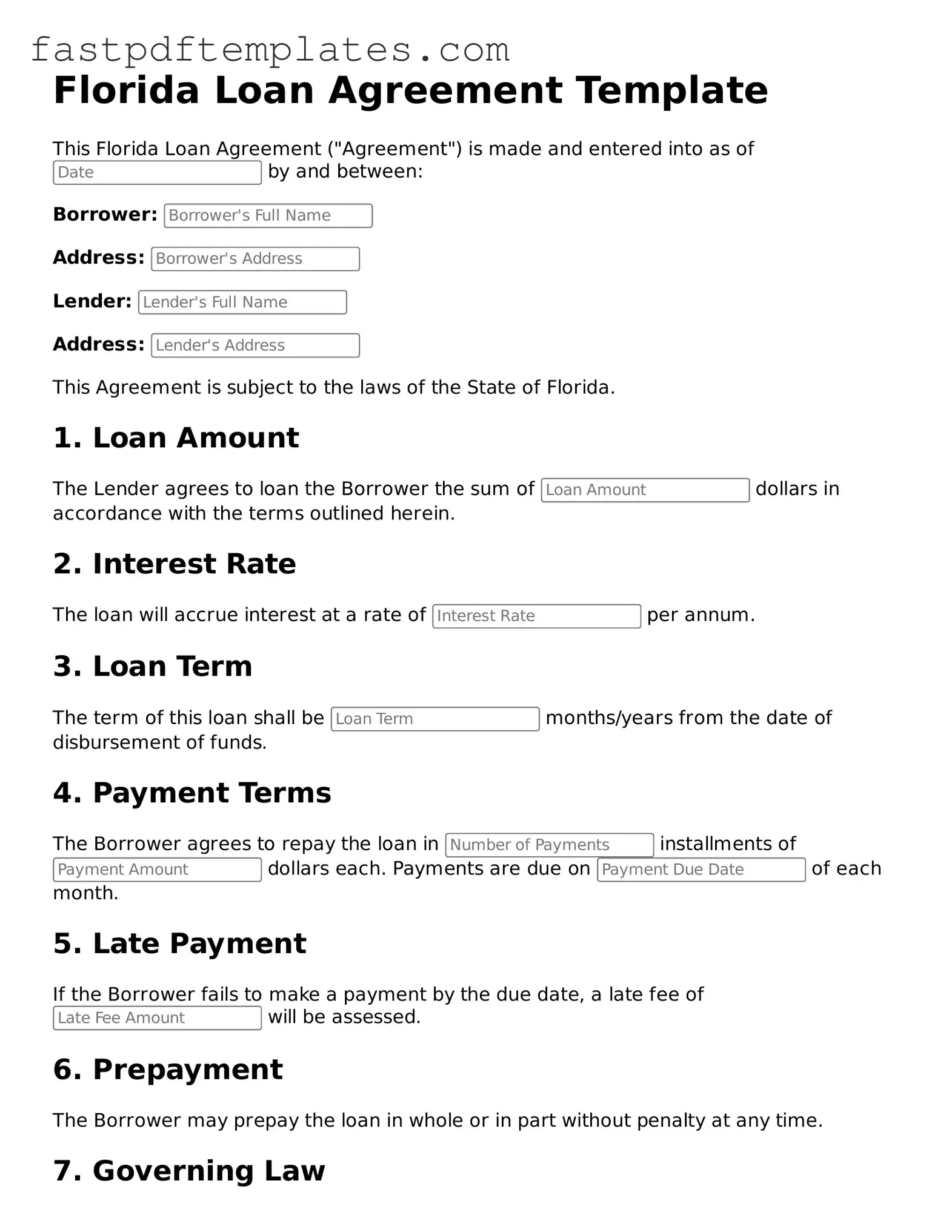Attorney-Approved Florida Loan Agreement Document
A Florida Loan Agreement form is a legal document that outlines the terms and conditions under which one party lends money to another. This agreement serves to protect both the lender and the borrower by clearly defining the repayment terms, interest rates, and any collateral involved. Understanding the components of this form is essential for ensuring a smooth lending process.
Access Document
